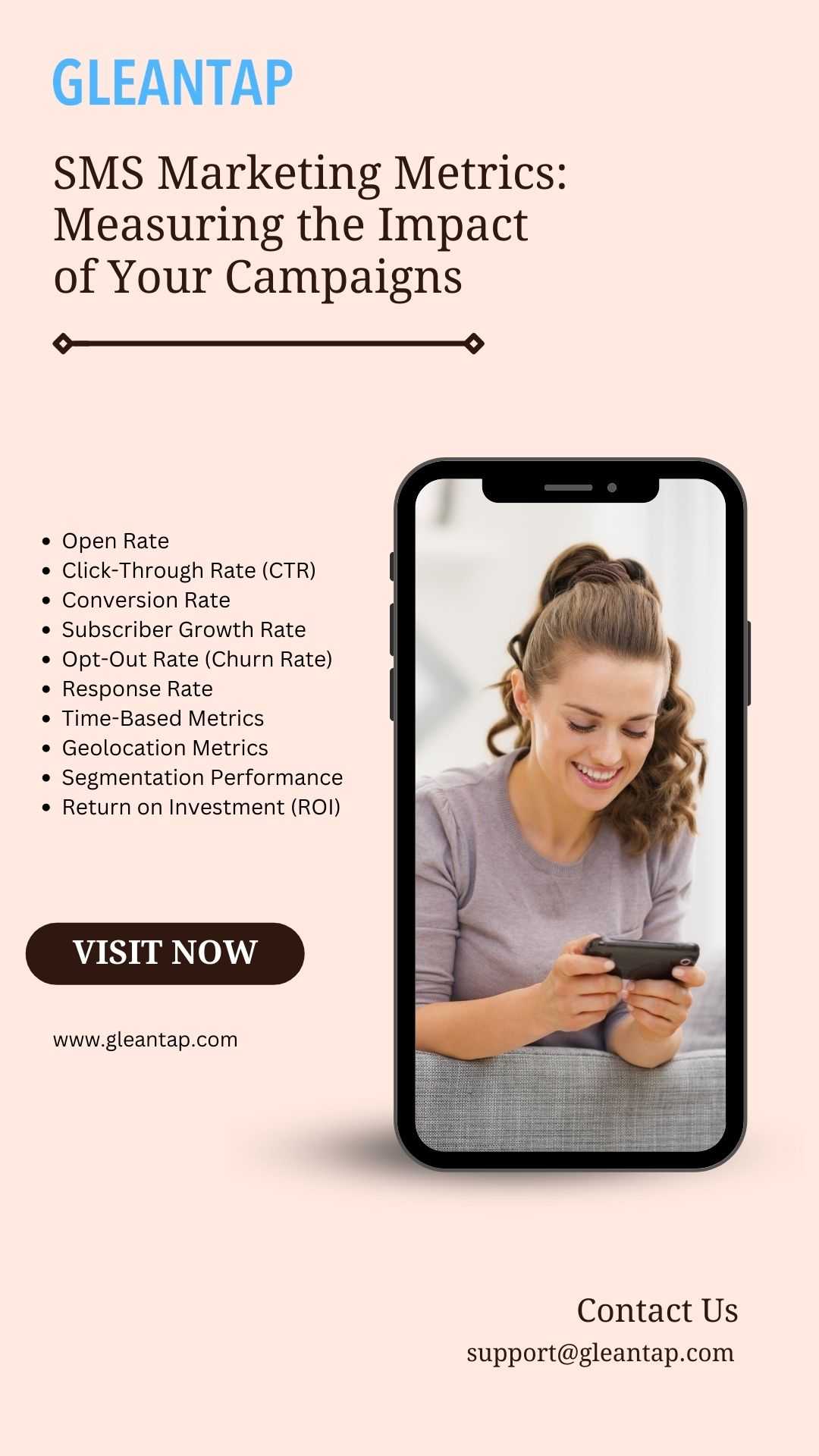In the world of digital marketing, staying informed about the performance of your campaigns is paramount. SMS marketing, often overlooked in favor of newer platforms, remains a powerful tool for engaging customers directly. However, to truly harness its potential, you need to understand the metrics that help you evaluate its impact.
In this blog post, we will delve into the essential SMS marketing metrics that allow you to measure and optimize the effectiveness of your campaigns.
Open Rate
The open rate is one of the fundamental metrics in SMS marketing. It measures the percentage of recipients who open your SMS messages. A high open rate indicates that your messages are grabbing attention. To improve open rates, focus on crafting compelling and concise messages that resonate with your audience's interests and needs. Experiment with different subject lines or initial texts to see what resonates best.
Click-Through Rate (CTR)
Similar to email marketing, the click-through rate in SMS marketing reflects the percentage of recipients who not only open the message but also engage further by clicking on a link within the message. This metric helps gauge the effectiveness of your call-to-action (CTA) and the relevance of the content you're offering. By tracking CTR, you can identify which campaigns drive the most engagement and optimize your CTAs accordingly.
Conversion Rate
The ultimate goal of any marketing campaign is to drive conversions. Whether it's making a purchase, signing up for a webinar, or downloading an eBook, the conversion rate measures the percentage of recipients who take the desired action. By integrating tracking mechanisms into your links, you can directly attribute conversions to your SMS campaigns. This data allows you to refine your messaging and targeting for improved results.

Subscriber Growth Rate
The growth rate of your SMS subscriber list is a crucial metric for long-term success. Tracking how quickly your list is expanding helps you understand the effectiveness of your acquisition strategies. To boost this metric, consider promoting SMS sign-ups across various touchpoints, such as your website, social media, and physical locations. Offering exclusive incentives or content can also incentivize people to subscribe.
Opt-Out Rate (Churn Rate)
While it's essential to attract new subscribers, you also need to monitor your opt-out rate. This metric indicates the percentage of subscribers who choose to stop receiving your SMS messages. A high opt-out rate might indicate that your content is not meeting expectations, or you might be sending messages too frequently. Regularly review your opt-out rate to identify trends and adjust your strategies accordingly.
Response Rate
The response rate measures the percentage of recipients who reply to your SMS messages. It's a valuable metric for gauging audience engagement and interaction. A high response rate suggests that your messages are resonating and sparking conversations. Use this metric to identify the types of messages that generate the most engagement, whether they're asking for feedback, conducting surveys, or encouraging replies.
Time-Based Metrics
Understanding when your messages are most effective is crucial for optimizing engagement. Metrics like "time to open" and "time to response" provide insights into when your audience is most active. Tailor your sending schedule to align with these patterns to ensure your messages reach recipients at the right moment. Experiment with different send times to find the optimal timing for your audience.
Geolocation Metrics
If your business serves specific geographic areas, geolocation metrics can provide valuable insights. By analyzing where your recipients are located when they open your messages, you can tailor your content to be more relevant to their location. This can be particularly effective for businesses with brick-and-mortar locations, offering localized promotions or event notifications.
Segmentation Performance
Segmentation involves dividing your subscriber list into groups based on various criteria, such as demographics, purchase history, or engagement level. By analyzing how different segments respond to your campaigns, you can refine your targeting strategies. Compare metrics like open rates, CTRs, and conversion rates across segments to identify high-performing groups and tailor your messages accordingly.
Return on Investment (ROI)
Ultimately, your SMS marketing efforts should translate into a positive ROI. By comparing the revenue generated from your campaigns with the costs involved, you can determine the overall effectiveness of your strategy. Keep in mind that ROI isn't just about immediate sales; it can also encompass long-term benefits like customer retention and brand loyalty.
Conclusion
In the ever-evolving landscape of digital marketing, SMS remains a potent channel for engaging with customers directly. To unlock its true potential, understanding and analyzing the right metrics is essential. By measuring open rates, click-through rates, conversions, subscriber growth, opt-out rates, responses, and various other metrics, you gain insights that drive informed decisions. Continuously monitor and refine your SMS campaigns based on these metrics to build more effective, personalized, and results-driven marketing strategies. Remember, metrics provide more than just numbers – they offer valuable insights into your audience's behavior and preferences, allowing you to create meaningful connections and drive meaningful results.




